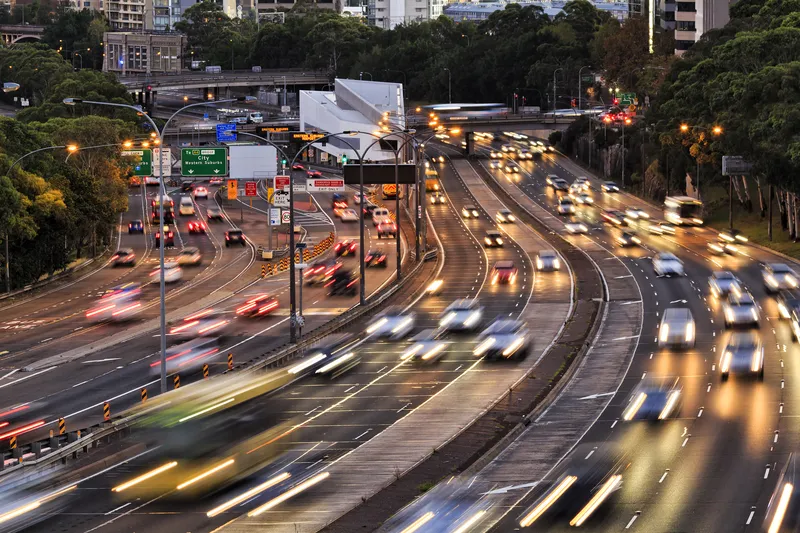Transport Certification Australia (TCA), the national government administrator of the telematics and related intelligent technologies, has worked with Main Roads Western Australia (MRWA) to implement a new road charging solution, which represents a further application of the National Telematics Framework.
This new application leverages the use of certified telematics to monitor heavy vehicle road use, enabling road and transport agencies to determine road use for charging purposes.
The application gi
March 24, 2017
Read time: 2 mins
This new application leverages the use of certified telematics to monitor heavy vehicle road use, enabling road and transport agencies to determine road use for charging purposes.
The application gives Governments reliable data on how heavy vehicles use the transport network and its key assets. Additionally, the information is collected, handled, and presented in a manner that manages the integrity and availability of road use data, while managing privacy.
The application is currently being used by MRWA to trial improved road access into the Kwinana Industrial Area to optimise safety, efficiency and productivity gains for the transport industry. With the availability of 36.5 metre road train access, participating transport operators contribute to the cost of maintenance on the roads through a contribution.










